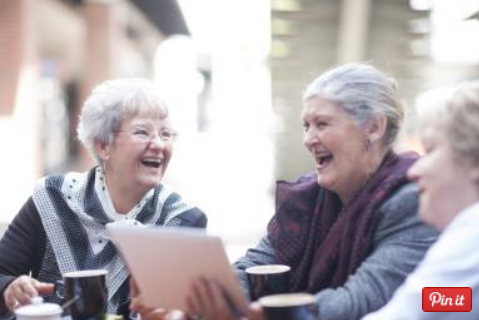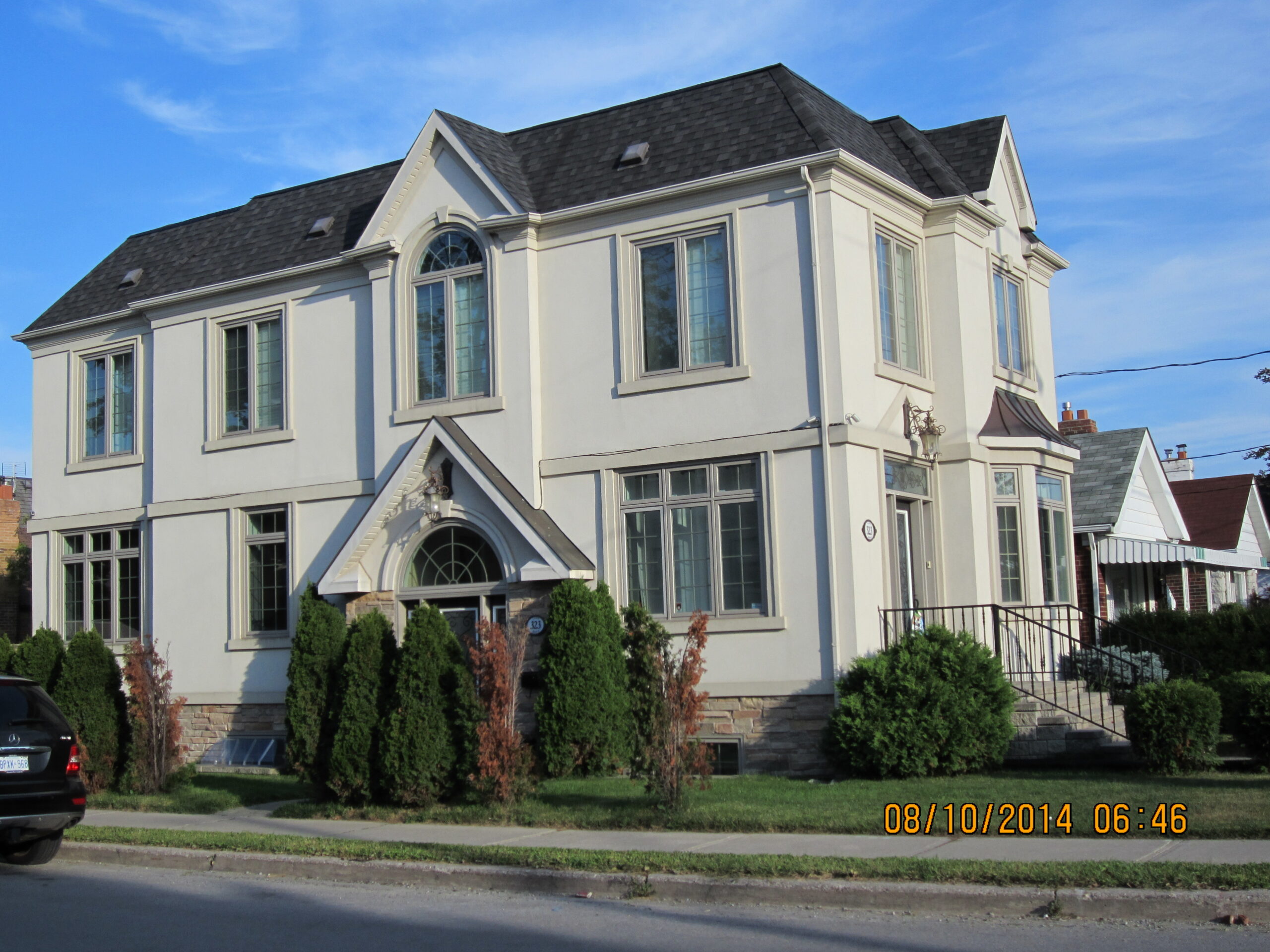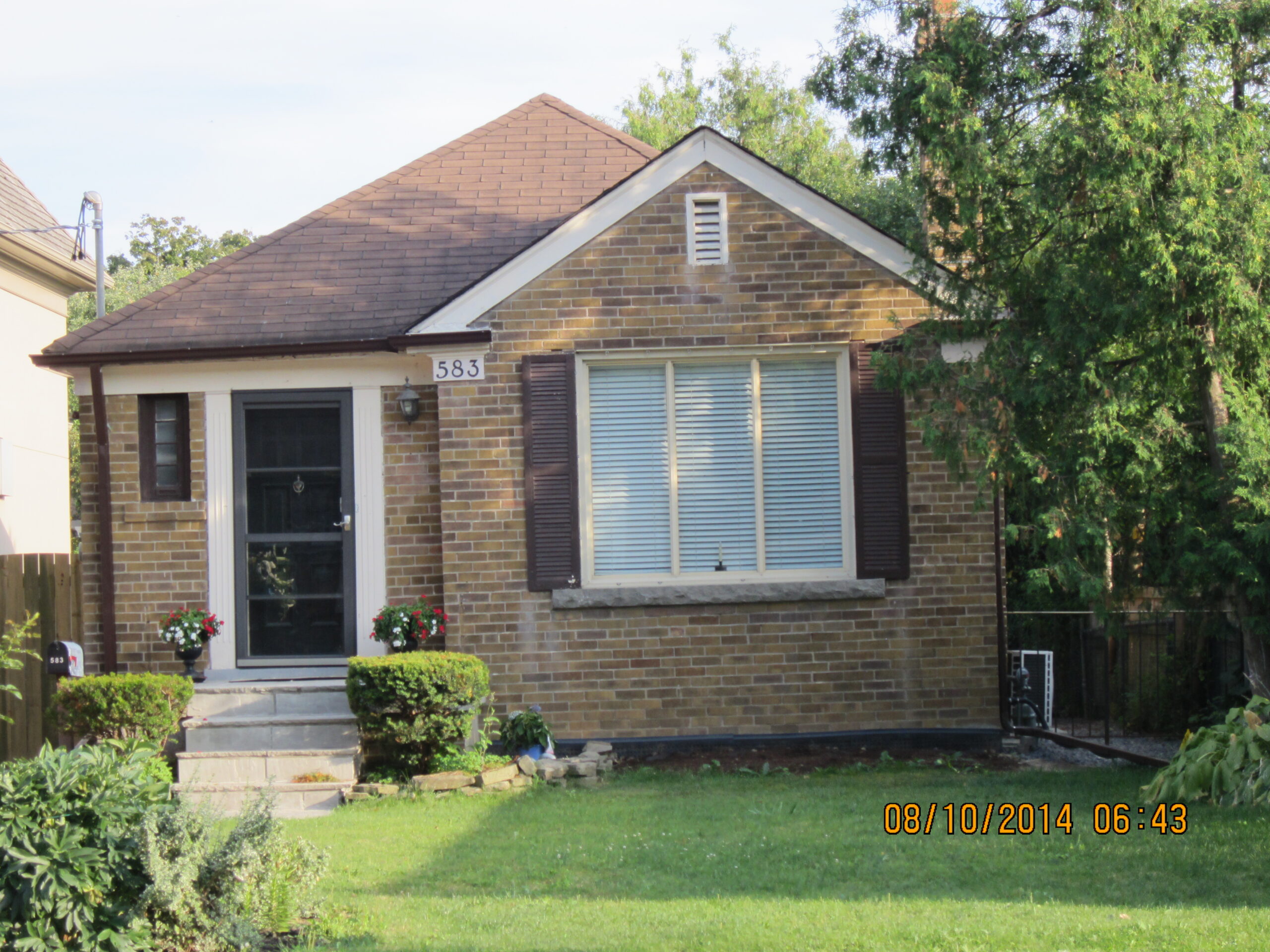The most efficient way to lower long-term care costs is to remain at home and to delay nursing home placement. People can stay in their homes using home and community-based services. What cost-effective means will keep them safe and independent? We think it’s technology. But which ones? Here are 14 technologies
Smartphone applications, broadband, and computers will allow people to begin their care at home with monitoring their vital signs. Have a tele-medicine membership so they may contact a physician or medical center about their health issues. Raymond Lavine, Lavine LTC Ins.
Affordable “smart home technology” that can report if the stove or a burner is on for too long or if someone spends too much time in the bath. Smart sensors can detect a fall, if prescription medicines were not taken, and even place a call for assistance. These are samples that older adults can put to good usage. Ron Kauffman, Senior Lifestyles.
Technology continues to evolve for use in the home or care facilities. Seniors are often resistant to technology that they have to interact with, so the more passive the technology, the easier it will be to deploy in a caring environment. Daniel Parker, Right at Home Sacramento
An iPad or tablet for every senior’s hands. Not so much new technology but more seniors should have an iPad and know how to navigate the internet.
It opens up a whole new world and has benefits that researchers are only beginning to discover. Add that to the presidential platform. Anthony Cirillo, theagingexperience.com.
PERS devices (personal emergency response systems) are very advantageous to seniors and their family members, but many don’t wear the pendants even if they have purchased them. Women feel that they are a less than attractive accouterment. Neither women or men feel that they need the help. Shelley Webb, Intentional Caregiver.
Uber for seniors. Cathleen Grant, SilverLinkUSA.com
Social media. It makes for a savvier consumer and allows for greater participation in one’s community. While social media may appear intimidating or extraneous to some, it is a remarkable tool, especially for non-working and less mobile seniors. It allows for greater access to local, lower profile resources and services and direct communication with distant or off-site family and friends. Christina Selder, CARR.
I wish more folks would adopt in-home monitoring. There are great new ways for adult children to be at peace with knowing parents are safe when living independently, that aren’t overbearing. Home sensors around taking medications, alerting falls, monitoring daily activity from afar are critical to allow children as caretakers to be “in the loop” with their parents health and safety. Aaron D. Murphy, Empowering the Mature Mind.
I would love to see more seniors using video chat with family members. It will help them stay connected and feel a part of their family. Social media can also help them to be a part of the larger world around them. Social connections are needed to help keep the mind sharp. Kathryn Watson, Find Houston Senior Care.
The Alzheimer’s Association notes that 60% of those with the disease are likely to wander at some point. Project Lifesaver International offers wearable GPS tracking systems for loved ones with cognitive impairment. This technology has helped 1400 Law Enforcement Agencies nationwide safely locate over 3,000 of our loved ones in an average time of under 30 minutes. Mara Botonis, When Caring Takes Courage.
Online Banking. Elizabeth Taylor, Taylor Organizing.
While not “new technology” to most people, the internet is not utilized by seniors enough. The “baby boomers” resist or not trust the Internet, debit cards or electronic banking. The good news is that the “Generation X” (born after 1965) and “Generation Y” population believe doing everything online is a non-threatening issue. Alex Dunn, Consolidated Marketing Group.
Many seniors are too ill to travel and get out of bed – limiting their socialization and leading to social anxiety and depression. They should use FaceTime. If more seniors adopted video chat technologies like FaceTime, they would see tremendous improvements in their mental well-being. FaceTime allows seniors to maintain a social life and feel like a part of the real world, even if restricted to their homes. Ginalisa Monterroso, Medicaid Advisory Group.
Social Media – Whether maintaining relationships and conversations with family and friends or finding new avenues to find people with similar interests, social media can have a positive impact on seniors if adopted more broadly. As driving ability sometimes becomes more challenged, social media can help fill the gap left by a possibly diminished connection to the seniors’ community. Thomas West, SEIA.
Read the full post in about health








